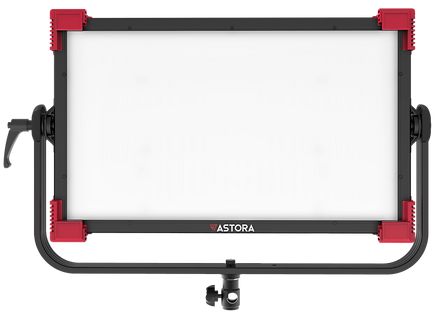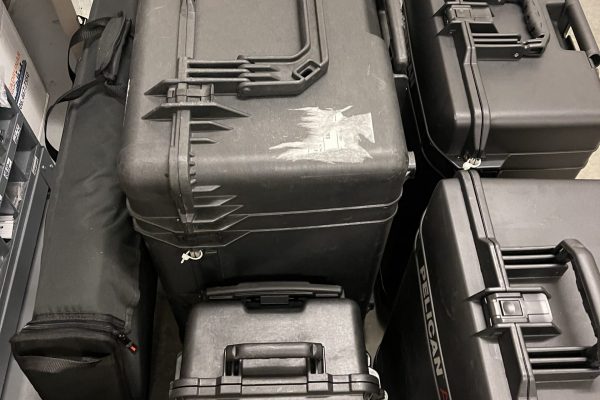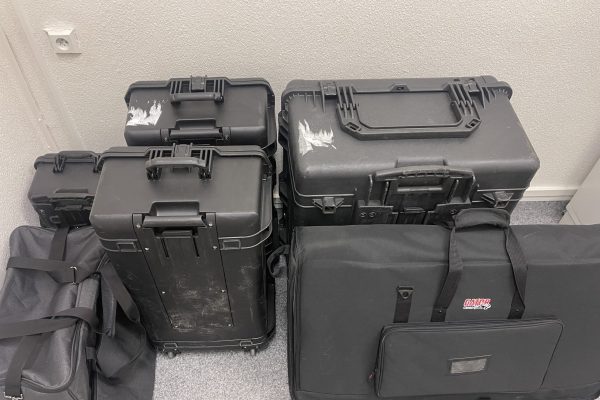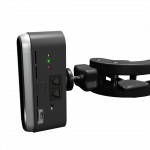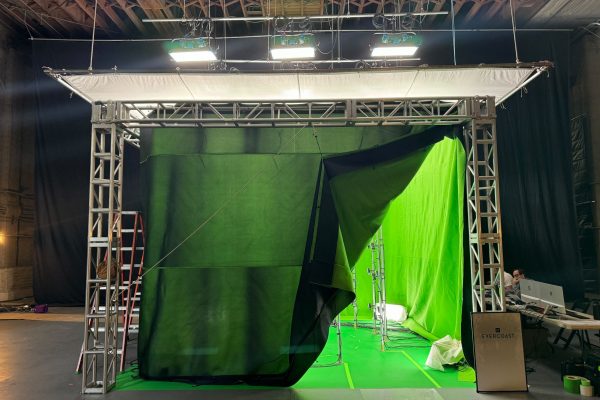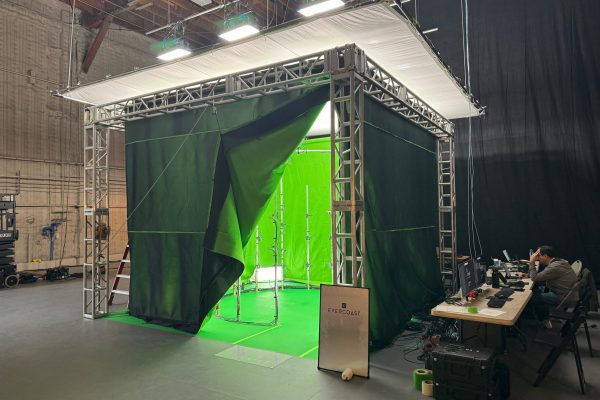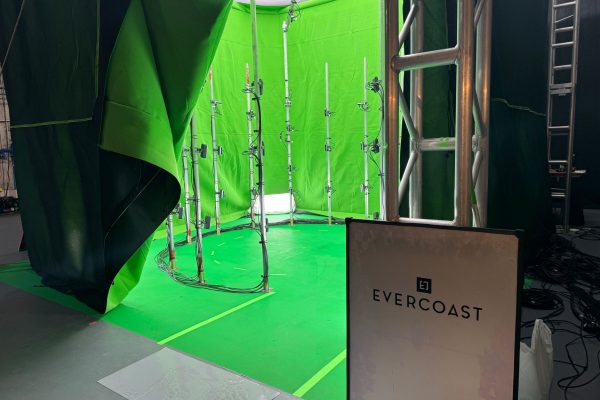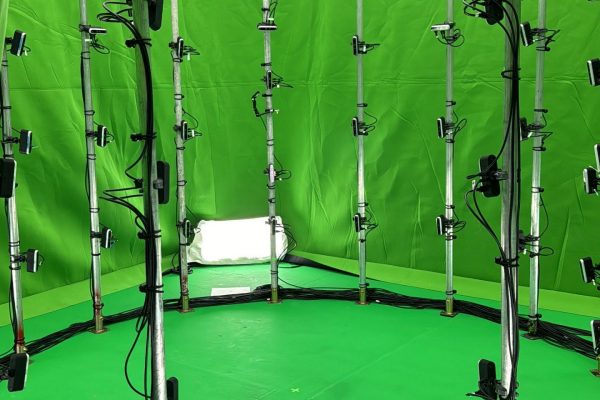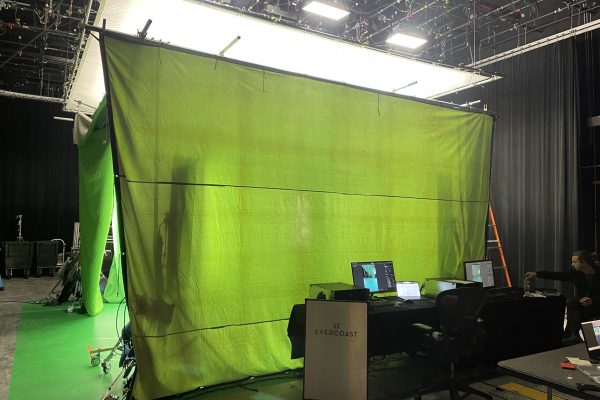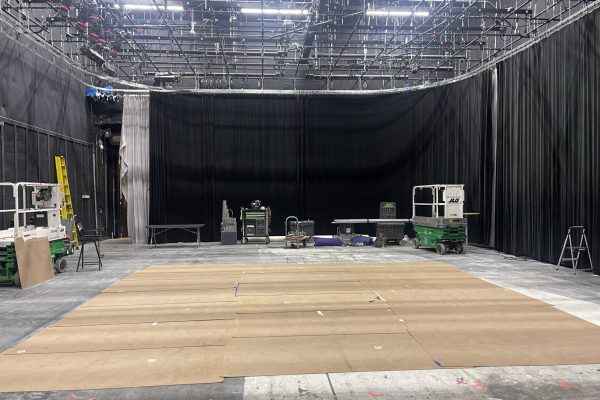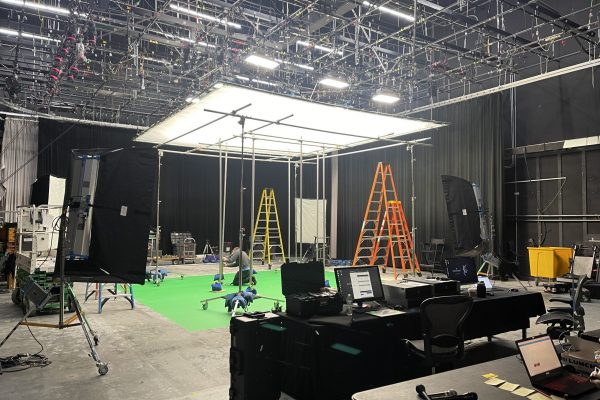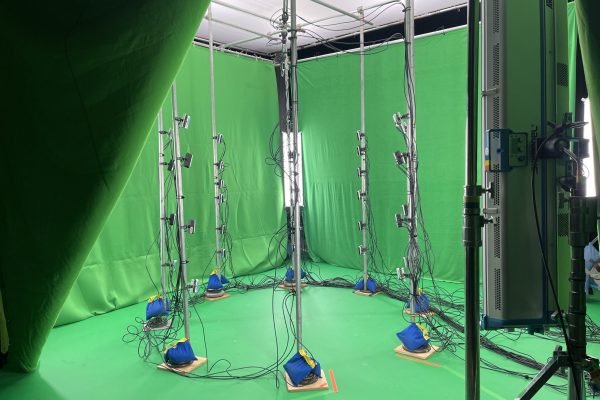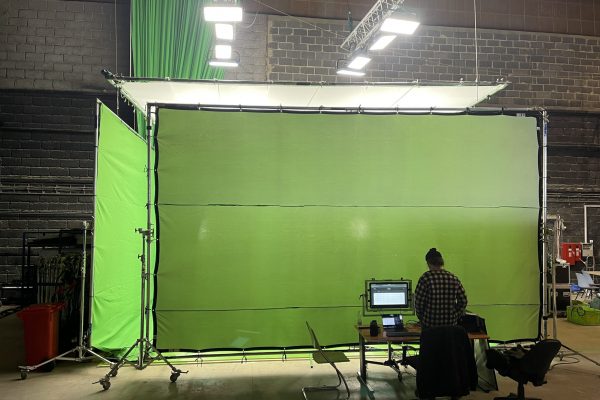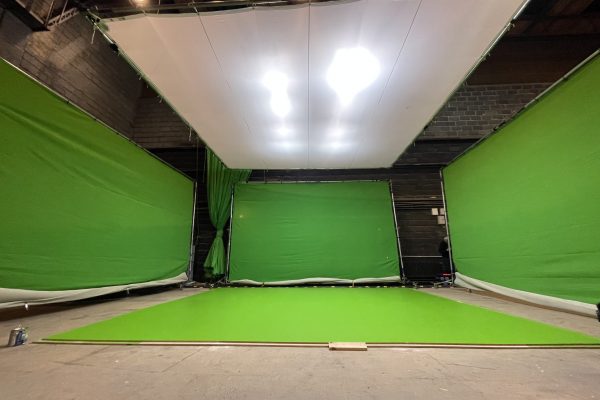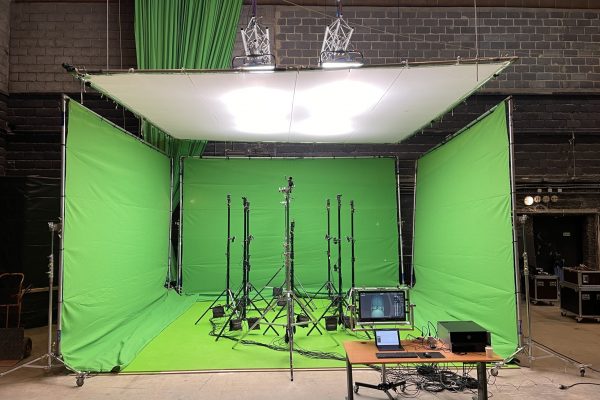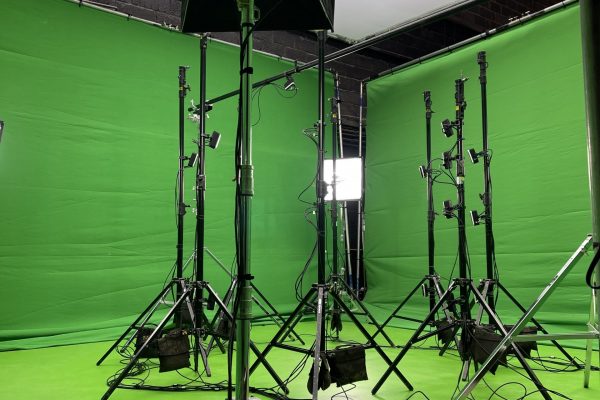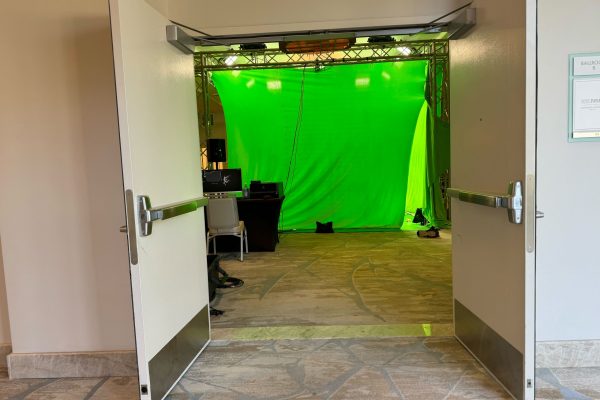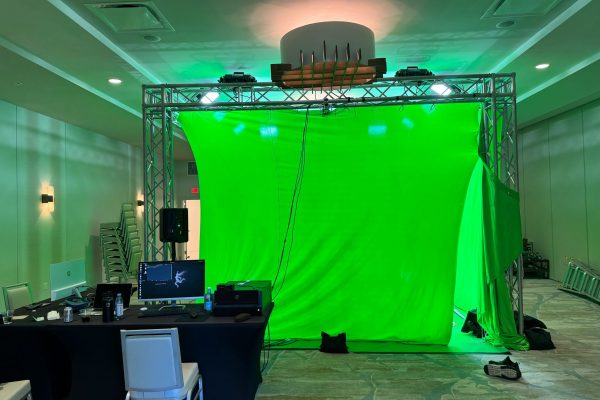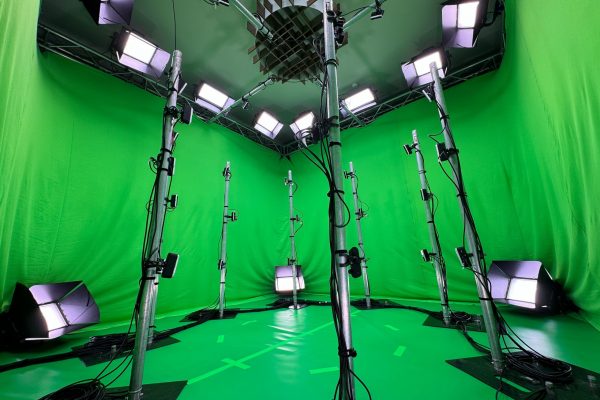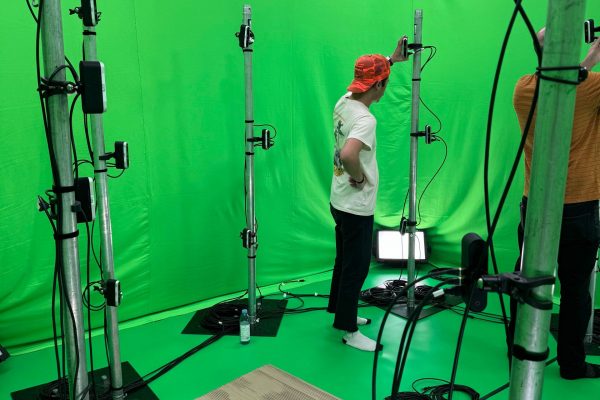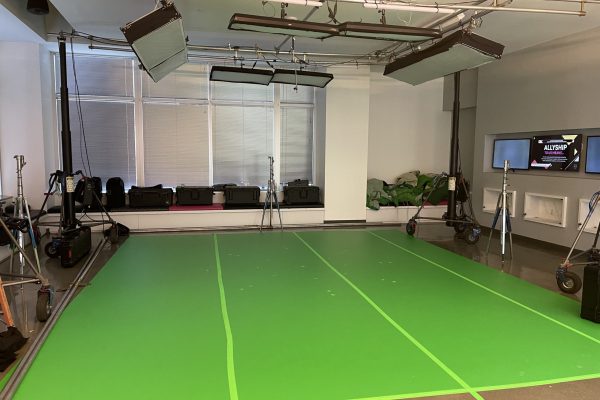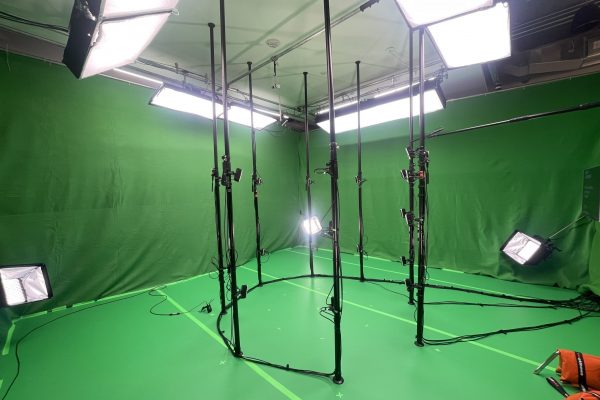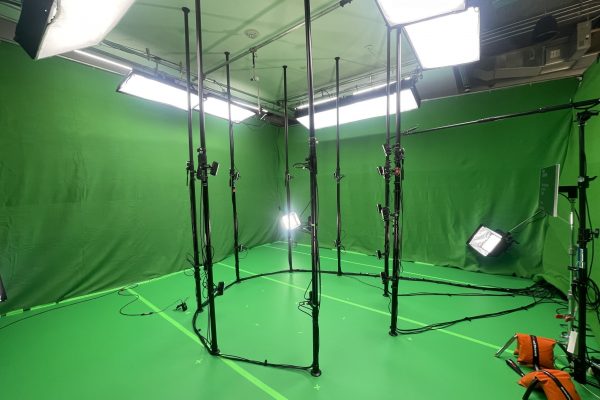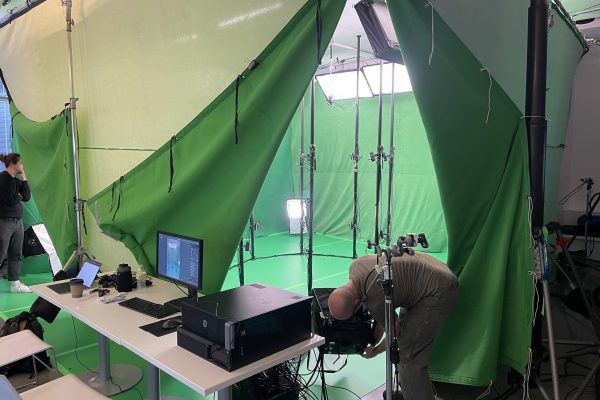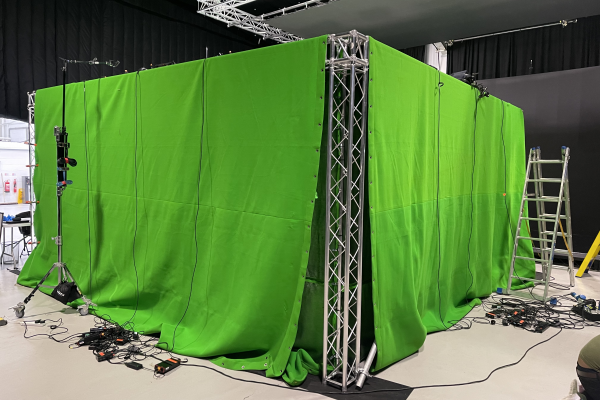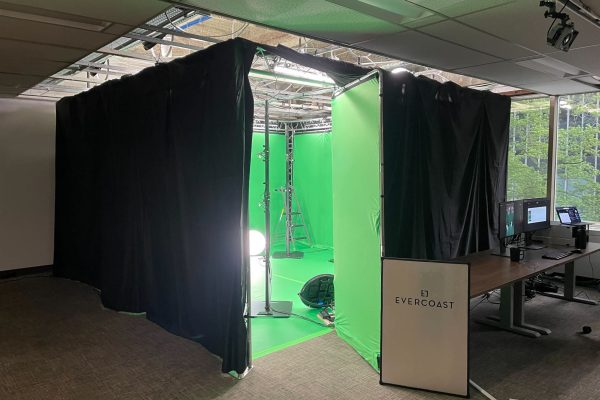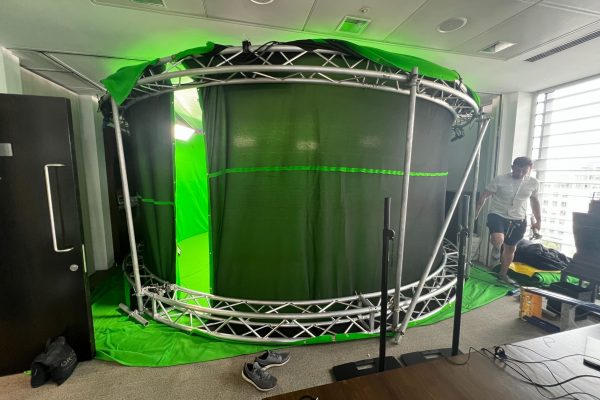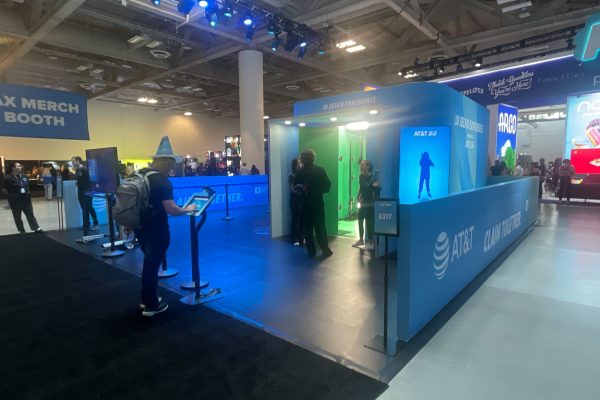On location, anywhere in the world.
Volumetric Production
Evercoast provides a software platform and recommended hardware setup for volumetric video capture. The process involves capturing a subject from multiple angles using an array of cameras. These devices record the subject exactly as they are: their hair, clothing, eyes, shape, position, and movement in 3D space.
We bring the core capture system
We travel with all of the computers, cameras, and cables we need for the core capture capability. The number of cases will range between 4-8 Pelican-style cases.
The cases are typically shipped in advance, but can be flown accompanied on commercial airlines with proper planning.
Our core staff is between 1-3 people on location.
Facility Requirements
What we generally need from you or someone else locally is the physical space with a green cube, poles, lighting, wired internet and power. We generally prefer not to travel with things we can easily source locally.
5m x 5m
16ft x 16ft
The ideal footprint for the volumetric capture area is 16x16ft (5m) with enclosed walls to control lighting and sound. If an enclosed room that meets these dimensions does not exist, a temporary structure will need to be created. This can be achieved with truss and fabric.
Operations Area
5m x 3m
16ft x 10ft
An adjacent room or area outside of the enclosed room is required for a system control area. The size should be large enough to fit two (2) 6ft (1.8m) tables and four (4) chairs. Common implementations involve a 10ft (3m) x 16ft (5m) area outside the enclosed room, resulting in a combined total footprint of the studio and control area of 16 ft x 26 ft (5m x 8m).
Ceiling Height
Minimum 2.8m
9ft or higher
Ideal ceiling height is approximately 12ft (3.66m). For lighting purposes, ceilings are optimally white and flat with minimal to no ducting, piping, or other appliances. However, if the ceiling is uneven or has ducting or piping, or if height is more restricted than 12ft (3.66m), Evercoast's system is quite flexible and can fit in rooms with heights as low as 2.8m (or potentially lower depending on what you're trying to capture).
Lighting
12+ Panels
Even, ambient and soft
Lighting is the most important physical aspect of volumetric capture, particularly using depth cameras with infrared projectors and sensors. Common implementations use ARRI SkyPanel S60s, and some of our favorite implementations involve a silk scrim overhead to create a diffuse, even, and soft cloud light. Check out the section below to learn more.
Learn moreGreen Screen (Optional)
4 Walls
Plus the floor
We generally prefer to operate without green screen. While some of the deployments you'll see photos of may have chroma green screen, Evercoast prefers not to use green screen unless there's a separate requirement that calls for it. If you do opt for green screen, it’s important to get the color right, properly light the green screen itself (so that it remains green), and try to reduce shadows as much as possible. CHROMA GREEN HEX CODE: #00B140 or rgb(0, 177, 64)
Flooring
Stable & Green
No bouncy floors
Floors should be flat, level, completely stable, and not make noise when bodies move across them. Ideally, the floor surface would not be carpeted inside the enclosed room. We want the floor to match the green of the walls as best as possible. For multi-day capture events, a cleaning or re-application approach should be considered.
Storage, Access, & Security
Expensive gear
Locations should be secure to protect Evercoast equipment and personnel as needed. Equipment is sensitive and expensive; access should be considered when determining locations. Secure storage is helpful to store backup equipment, packaging and travel cases, supplies, etc.
Climate Control
< 22 °C (72 °F)
Keep it cool
Independent climate control, standard ventilation and office-level HVAC are all optimal. Having these will allow for moderate temperatures and climate, resulting in optimal talent performances. PC system specs require 5 °C to 35 °C (41 F to 95 °F); however, ambient room temperature inside the enclosed room should not exceed 22 °C (72 °F).
Accessibility
Accessible egress
You should consider wheelchair ramps and handicapped access, if needed. Evercoast’s team will not require any special accessibility considerations for its staff, but consider your capture subjects and their accessibility needs.
Internet Access
> 100 Mbps
Faster the better
Evercoast uses cloud processing for all calibration and rendering of data while onset at the shoot location. The capture data is a significant size and requires fast upload speeds (download speeds are less important). Evercoast requires a hardline ethernet connection with business-class Internet (minimum 100 Mbps upload speed, with managed network traffic), as well as standard Internet access common for work and communication needs.
Ambient Sound
Keep it quiet
The enclosed room should do its best to provide a sound-insulated capture environment, but in an imperfect location, be mindful of Evercoast’s proximity to internal building systems such as HVAC, plumbing/piping, elevators, server rooms, etc, or proximity to other external noise (streets, sirens, etc).
Installation
Time and space
Adequate work areas should be made available for the initial system build and installation. Studio assembly requires room to work and could be disruptive to adjacent areas. Locations should be accessible during normal business hours, but after hours as well (weekend or early morning / late night access is often ideal). Have in mind adequate egress for load-in / load-out equipment.
Power Requirements
40-80A @ 120V
4,000 - 8,000 watts
Evercoast’s system, inclusive of all cameras and computing equipment, has a total power consumption of between 2,000 - 4,000 watts (depending on use case), typically enough for one or two 20A circuits. Lighting will add a more significant power draw that could push total power requirement needs to upwards of 6,000 - 8,000 watts. Evercoast will provide power cables for any equipment we bring but will not be responsible for running power from another location in or near to the facility.
Teleprompter
Nailing lines efficiently
If talent is going to need a teleprompter, there are several options, but it's important to note that the teleprompter display must be outside the capture volume. The display can be mounted to a camera pole (see below) or to its own mount outside the camera poles.
Camera Mounting Poles
Inside the green cube, we create a cylinder of cameras mounted to between (8) and (15) poles (depending on the array). The poles will be configured as a circle according to the diameter of the capture volume required for the shoot. We often want to be able to reposition the poles as needed. We require poles sourced locally.
PIPE DIAMETER
1.75" / 45mm
MINIMUM POLE HEIGHT
7ft / 2.2m
OVERHEAD CROSSBAR
CAMERA MOUNT
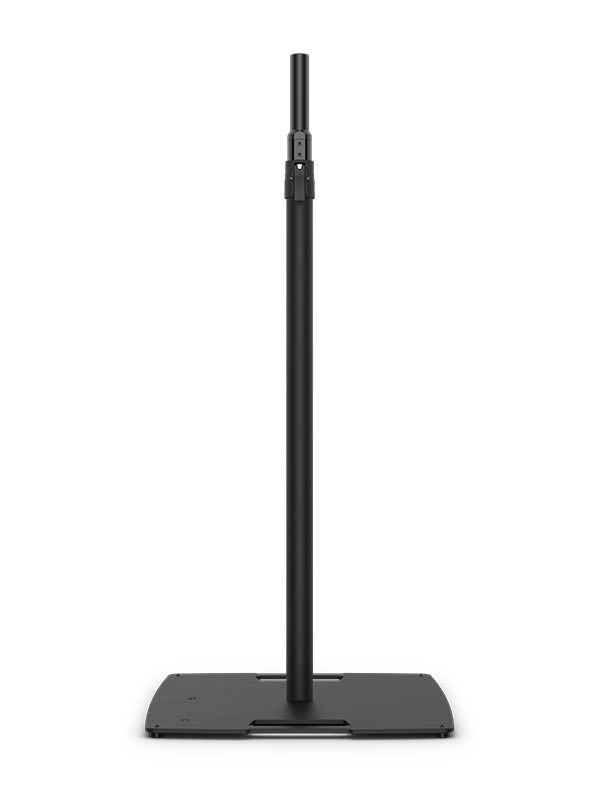
It’s all about the lighting
Lighting is the most important physical aspect of volumetric capture, particularly when using depth cameras with infrared projectors and sensors.
ARRI SkyPanel
We've seen great success with (8) ARRI SkyPanel S60s up top and (4) S60s or S30s in the corners at low or mid-range height of the subject's body.
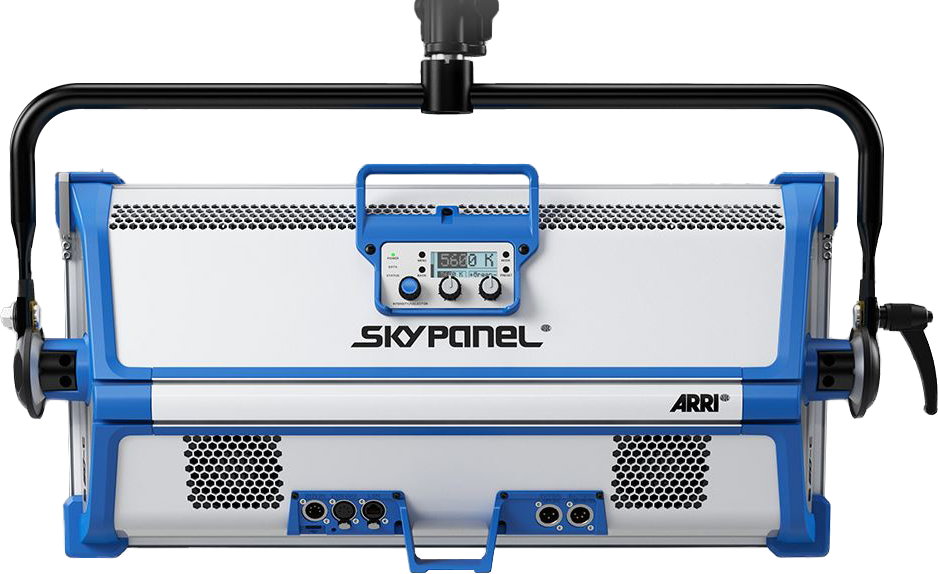
LiteGear LiteMat
We really love the 2x4 LiteMat 4 from LiteGear when coupled with their diffuse softbox. A few 4x8 LiteTiles can also create an excellent "cloud" overhead.

Astora SF Light Panels
A lesser known brand, Astora packs a lot of punch for a lower price point. When customers can't afford the highest end solution, Astora really fits the bill.
